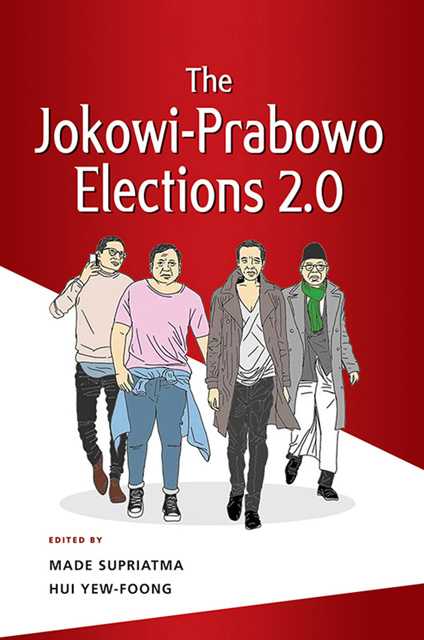3 - Understanding Indonesia’s Democracy: Class, Cliques and Politics After the 2019 Elections
Published online by Cambridge University Press: 30 June 2023
Summary
By the end of 2020, Indonesia's post-1998 form of rule in its more perfect form had been trialled for over a year. In this chapter, I argue that the form of rule changed after 1998 from that of clique rule under a class absolutist form of state to that of collective clique rule under a slightly weakened form of class absolutism. During the years 1998 to 2019, collective clique rule was marred by divisions created by rivalries between cliques, which, in the 2013–19 period, also saw several infringements of the rules of the game that had been accepted by all the participating cliques. In late 2019, however, President Joko Widodo (Jokowi), together with his trusted cabinet minister Luhut Pandjaitan, established the broadest ever collectivity of cliques as the basis for a coalition government. Its establishment guaranteed a greater deal of stability to Indonesian political life—at least for the last twelve months—than any previous ruling configuration had. But how long will such stability last?
There can be no doubt that a major change in the form of governance has taken place in Indonesia since May 1998. The resignation of President Suharto in the face of escalating mass opposition, under the banner of Reformasi, ended an extended era of authoritarian government that had lasted thirty-two years. In order to understand the precise nature of this change, we need also to be precise about the character of the authoritarian rule that collapsed, especially in relation to which of its elements did and did not survive its collapse.
The New Order: Class Absolutism and Clique Rule
The New Order emerged through the process of Sukarno's overthrow and the physical and institutional elimination of all those forces supporting the Sukarno–Left alliance that had grown in popularity between 1957 and 1965 but had not achieved government. This meant the destruction, in particular, of the Indonesian Communist Party (PKI) and the majority left wing of the Indonesian National Party (PNI) and the various mass organizations connected to those two parties (as well as some smaller parties). Furthermore, as was specifically articulated in New Order political publications, and as is still contained in school textbooks today, this suppression included the suppression of that specific mode of politics that was based on the competitive and open mobilization of grassroots support behind different ideological perspectives.
- Type
- Chapter
- Information
- The Jokowi-Prabowo Elections 2.0 , pp. 46 - 66Publisher: ISEAS–Yusof Ishak InstitutePrint publication year: 2022



